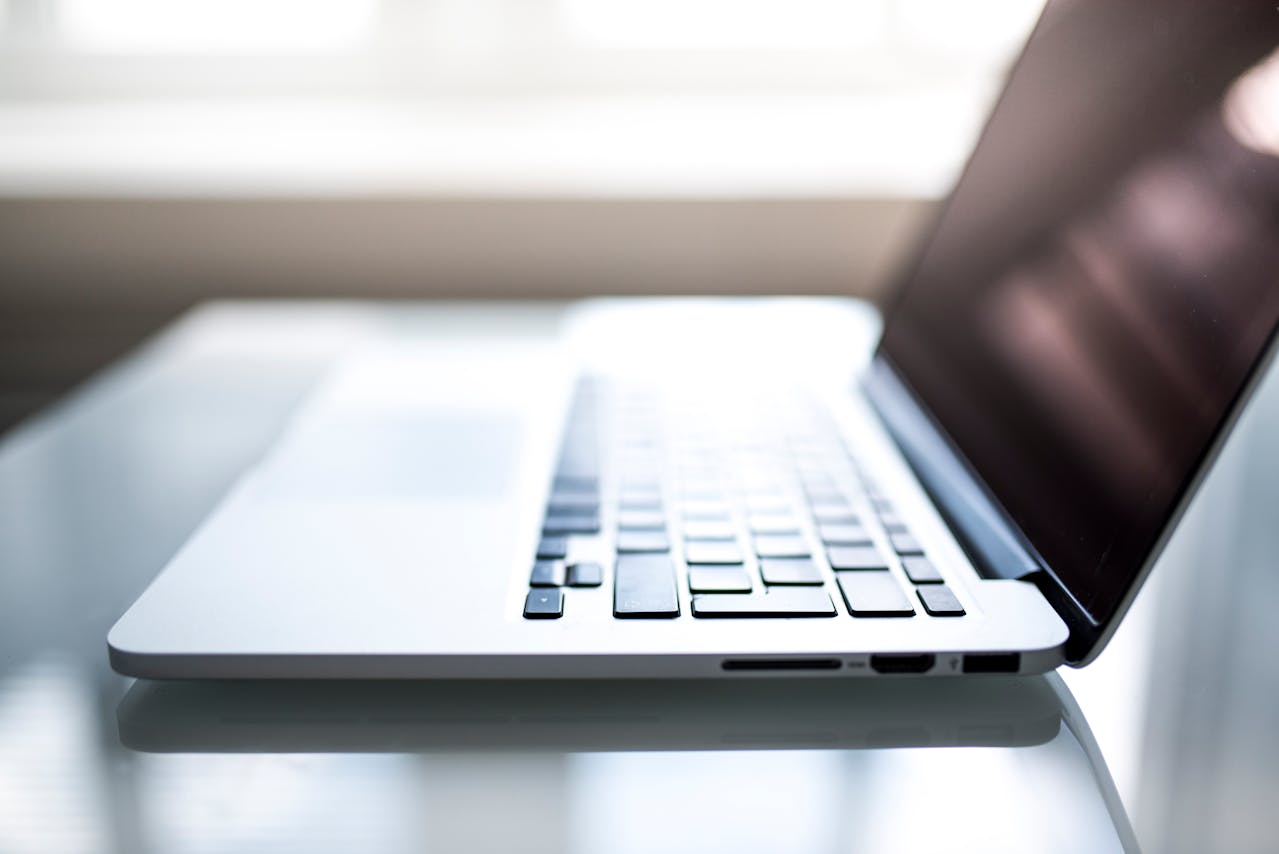MacBooks are trusted for their sleek design and robust performance, but even the best devices can run into trouble from time to time. One common issue that many users face is overheating. When a MacBook gets too hot, it can slow down, freeze, or even shut off unexpectedly. This not only disrupts your daily tasks but can also lead to long-term damage to important components. Imagine working on an important project, only to have your MacBook suddenly overheat and crash, potentially losing all your progress—frustrating, right?
Understanding why your MacBook might be overheating is the first step in preventing these annoying interruptions. Several things can cause a device to heat up more than it should, from blocked airflow to software and hardware issues. Being aware of these factors can help keep your MacBook cool and running smoothly, ensuring it remains a reliable companion for work or play.
Identifying the Signs of Overheating
Spotting early signs of overheating can save you from unexpected breakdowns. Here are some common indicators that your MacBook might be running too hot:
– The surface of the MacBook feels unusually warm or hot to the touch.
– Fans are constantly running at full blast and making more noise than usual.
– The system performance slows down significantly, and apps take longer to respond.
– Battery life is dramatically reduced, requiring frequent charging.
– The MacBook randomly shuts down or restarts without warning.
Regularly checking your device for these symptoms can help you take quick action before any serious damage occurs. Here’s a quick checklist to keep handy:
– Feel the base and keyboard area for excessive heat.
– Listen for unusually loud fan noises.
– Monitor the running time on a full charge.
– Keep track of app loading times and performance changes.
By keeping an eye on these signs, you can take measures to prevent overheating from becoming a major problem.
Common Causes of MacBook Overheating
Understanding what makes your MacBook heat up can prevent issues down the line. One major culprit is poor ventilation. If your device is always on a flat surface without much airflow, heat has no escape route, causing the device to get hotter over time. Ensure that your MacBook isn’t always on a soft surface like a bed or couch that can block the airflow vents.
Internally, software running in the background can overstress the processor, especially if you’ve got multiple heavy apps running at once. For instance, video editing software left open alongside several web browser tabs can tax your system hard. If the internal components are forced to work extra hard, they’re bound to produce more heat. Hardware issues, such as a faulty fan, can also lead to rising temperatures.
The environment matters too. If you’re working in a hot room without much air circulation, your MacBook will struggle to stay cool. It’s akin to wearing a sweater in a sauna—uncomfortable and sweaty.
Immediate Steps to Cool Down Your MacBook
When you notice your device heating up, acting quickly can save you from bigger troubles. Here are some practical steps to help cool things down:
– Adjust Your Settings: Lower the brightness, turn off unused Bluetooth and Wi-Fi if your workload permits.
– Close Unnecessary Applications: On a Mac, you can view what’s currently using the most resources by checking the Activity Monitor. Quit any applications you’re not actively using.
– Move to a Cooler Spot: Relocate to a draftier area if possible, or set your MacBook on a hard, flat surface so air can move around more freely.
– Reduce Processor Load: Simplify tasks by prioritizing essential work, freeing up resources for what truly needs attention.
Taking these immediate steps can halt overheating in its tracks, ensuring you’re not left with a stubborn system and lost work.
Preventive Measures to Avoid Overheating
Once you have your MacBook settled, let’s talk about prevention. Regular maintenance can do wonders. Periodically clean the vents using a small vacuum or a can of compressed air. This keeps dust from building up, which can block airways and trap heat inside.
Keeping your software updated is just as important. Updates often patch bugs and improve the efficiency of your system, which keeps everything running smoothly without overburdening your device’s resources.
Lastly, consider investing in external help like a cooling pad or dock. These accessories can help dissipate heat and maintain a comfortable temperature year-round.
Keeping Your MacBook Cool and Efficient
Addressing overheating issues promptly ensures that your MacBook remains both effective and long-lasting. Take gentle care of your device with regular maintenance, updated software, and strategic placement, and you’ll find it much more reliable for your daily tasks.
Encouraging these habits, along with periodic checks and accessory support, keeps things running smooth. Remember, for those more persistent problems, relying on professional repair services can save you a lot of stress and keep your tech in top shape in London, Ontario.
If overheating persists despite your best efforts, you might need a professional touch to ensure your MacBook runs smoothly and lasts for years to come. Explore how our team can assist with expert Apple MacBook repairs at Forest City Computer Repairs. We are well equipped to handle any MacBook-related woes in London, Ontario, ensuring your device stays cool and functional.







